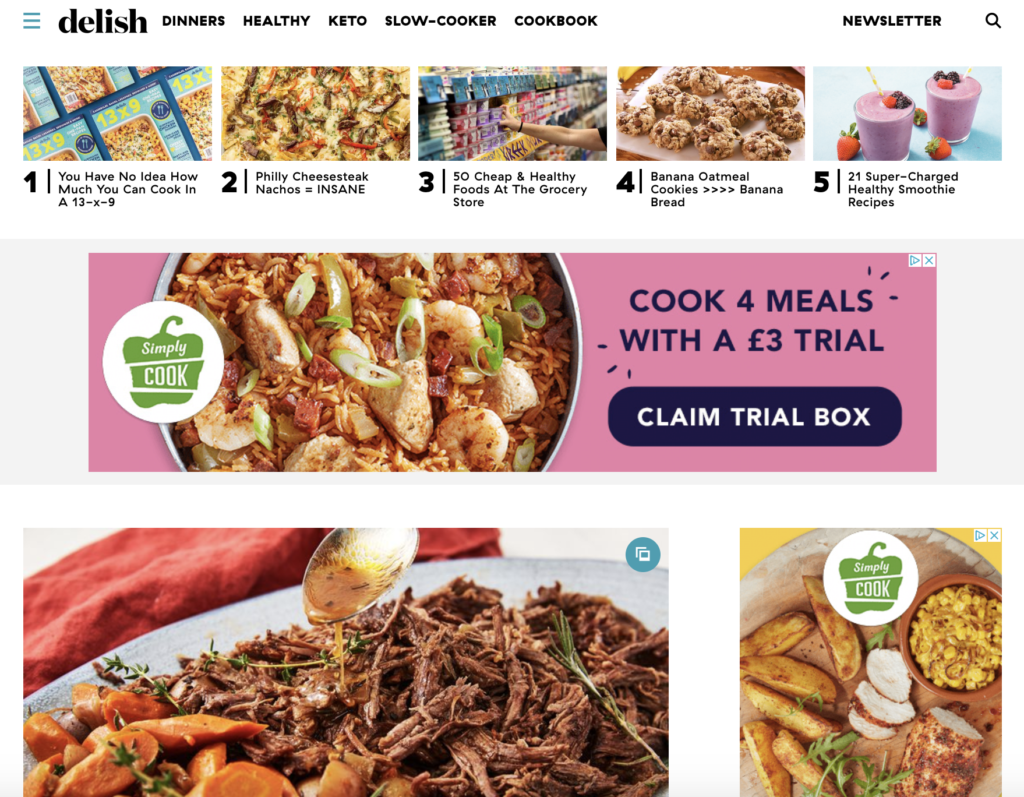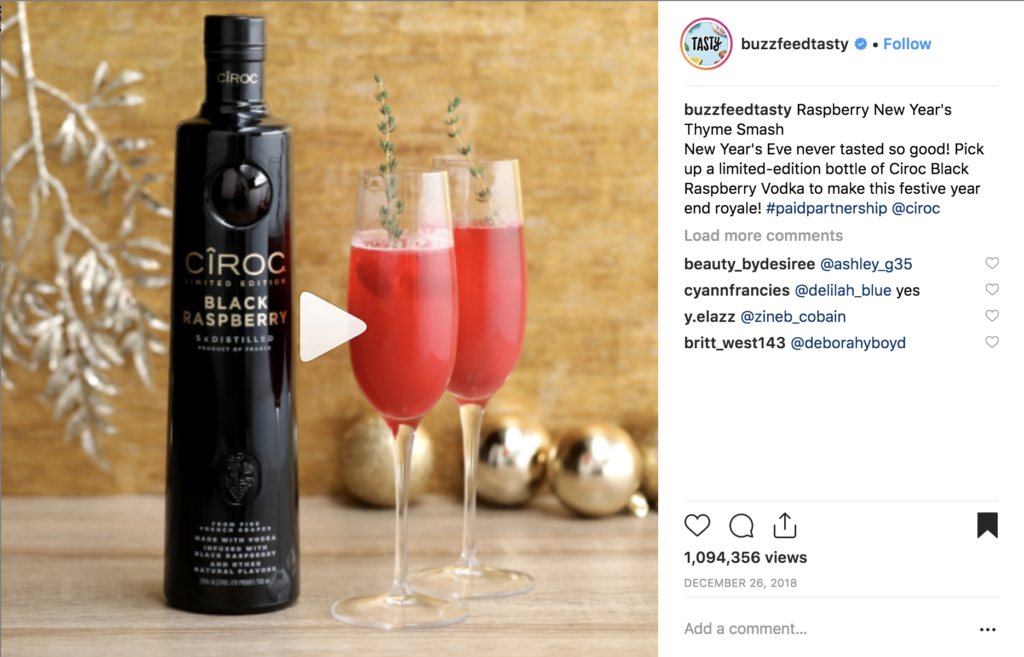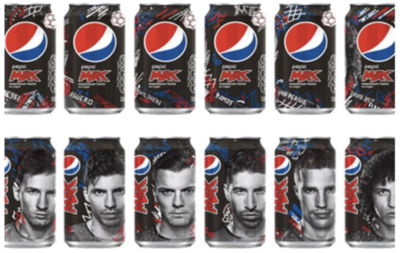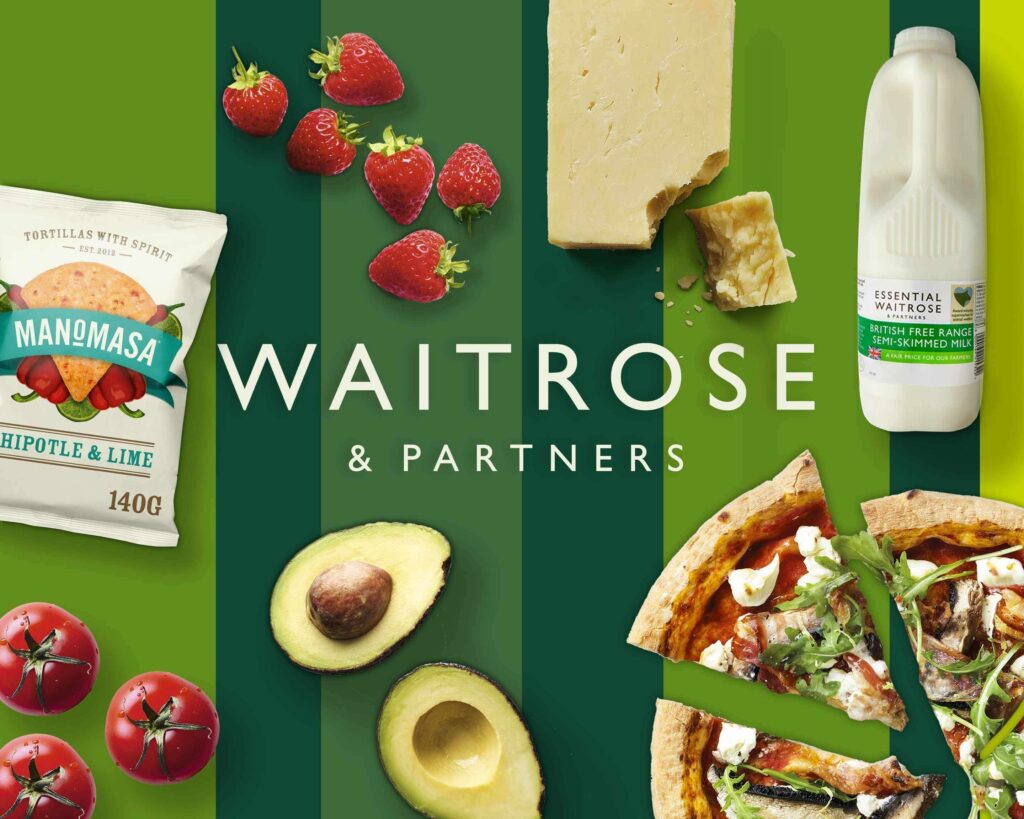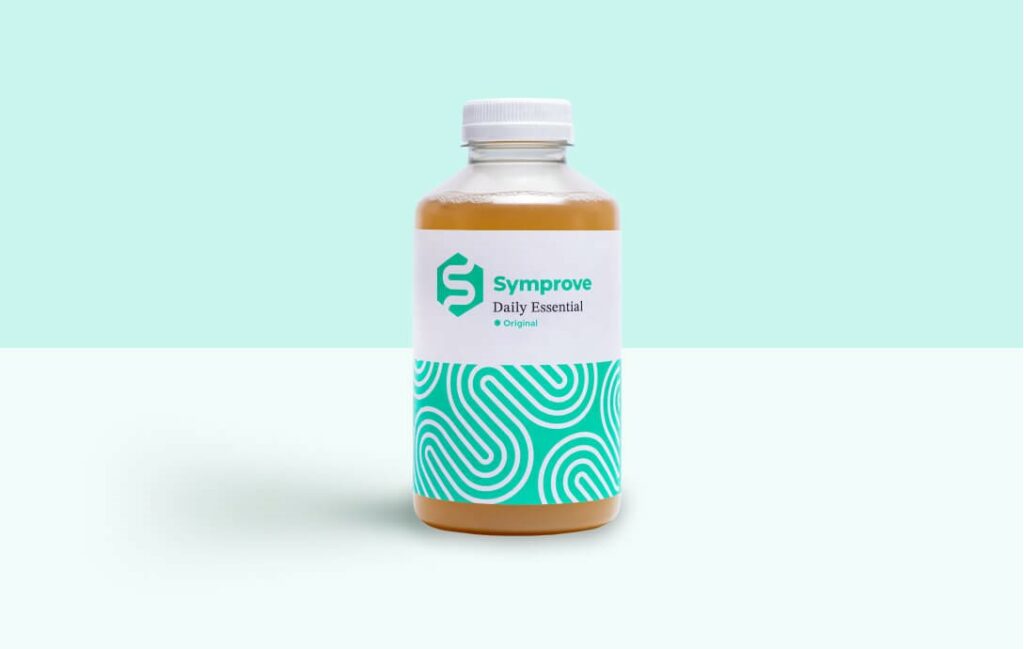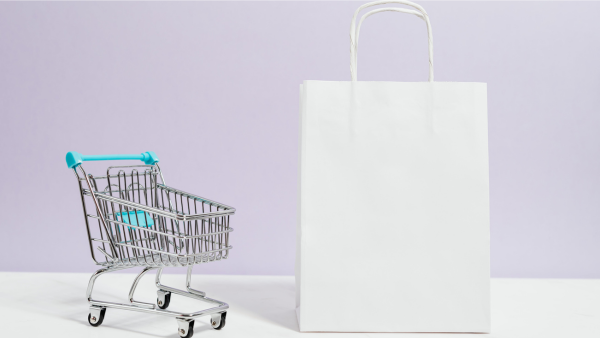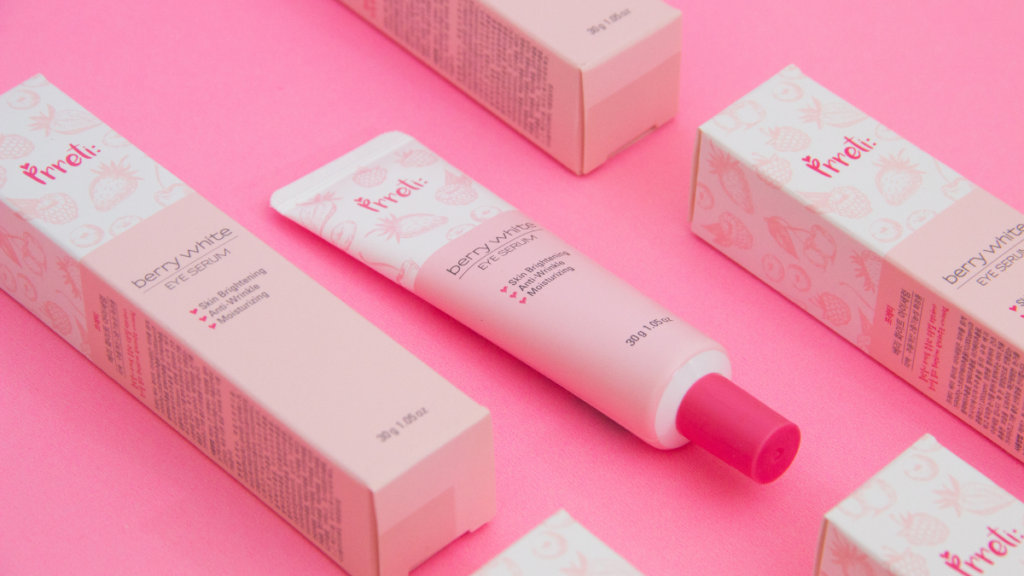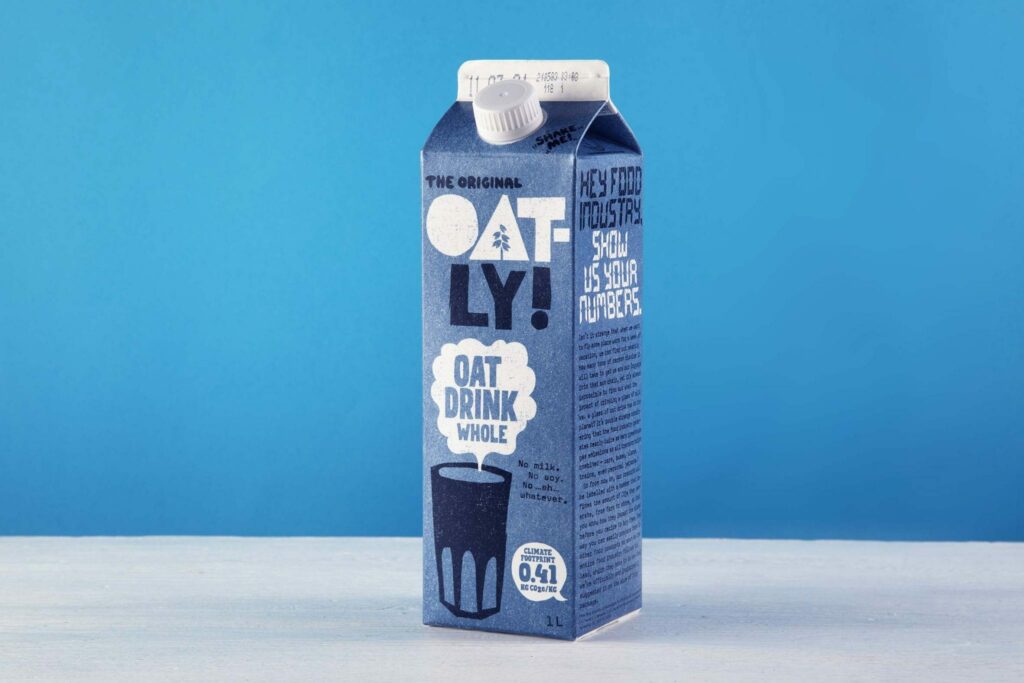Summer is a really important time for many FMCG brands – it’s a happy time filled with a lot of fun and excitement, good weather, holidays and late night sunsets, and is therefore a massive selling point for both businesses and consumers. Some brands depend solely on their summer campaigns and will spend the whole year working towards the months of July, August and September, where they release new products, run promotions and do big advertising online and out of home. For food and drink brands especially summer is a massive highlight of the year, it’s when all of the big food shows roll around like Taste and Lunch, and when consumers are more eager to be out and about, which unsurprisingly means they eat on-the-go a lot more. In fact, consumers are prepared to spend more on things like food in the summer because they spend more time outside and last year we saw a 5% rise in consumer spending during the summer holidays (Barclays). Because of that, the months of “summer” are some of the best times to be making video content and getting your brand as much attention and exposure as you possibly can, so that when your customers are out and about, they will spend their extra cash on your products.
Digital marketing during the summer can be very loud, fun and exciting, and your content can be as colourful and summery as you like. Using a season to help promote your brand is an easy and effective way at engaging customers and reaching new audiences And making video is an even better strategy as it can be cheaper, more versatile and a lot more engaging. Consumers already prefer watching video to static imagery and text and during seasons of fun like the summer holidays they are even more receptive to adverts that reflect the positive and happy vibes they are trying to achieve during the summer months. Here are some examples of videos your food or drink brand can make this summer…
Social Media Videos
You can go really basic with Instagram video ads like this one from Costa Coffee – Iced Coffee Range.
https://www.instagram.com/p/B0Sr9x6FEBw/?utm_source=ig_web_button_share_sheet
Really simple but yet very engaging; they’ve made the coffee and the foam look like the ocean and placed it in front of a blue “sky” background. It’s eye catching because it looks like the beach and reminds you of summer holidays, vacations and calming times spent looking at blue skies It instantly gives you a positive feeling.
These Instagram videos from Holland and Barrett work well at promoting products using a happy and summery vibe.
https://www.instagram.com/p/BxanpcYhxK7/?utm_source=ig_web_button_share_sheet
https://www.instagram.com/p/BxalW-CB2pF/?utm_source=ig_web_button_share_sheet
Summer Campaign Video
The great thing about a summer campaign is that they can be as extravagant or as simple as you like. They can range from a massive stunt in Waterloo Station, to a pop up shop on Oxford Street, to a simple out of home billboard or online advertisement. Either way if your food or drink brand has anything planned this summer you’d be a fool not to film it. If you’re attending an event then you should film it, if you’re handing out samples then you should film it. Even if you’re going on a work outing to the Zoo, you should film it! We did a summer campaign video last month for UpBeat Drinks for the launch of their new juicy protein water products and to promote their new re-brand. The video was a 22 second social media advert and a 6 second cut down version for YouTube pre-roll as well as a 15 second version for out of home digital display.
Filming your street sampling is one of the quickest, easiest and most effective ways at getting great customer feedback, market research and providing audiences with a first hand, genuine account of what people think of your product! We created this video for Emily Crisps last year to promote their Whole Foods front window display on Kensington High Street!
Promotional videos
Promotional videos are a really effective way at targeting and engaging consumers and work really well across all forms of social media and online advertising. These can be as short as 6 seconds and can advertise your products online to target audiences that you really want to market to. They can be short and snappy and therefore really eye catching, like this promotional advert by McDonalds which is promoting their iced coffee range.
It’s striking and definitely takes you into a summer hypnotism. Really cheaply, you could film your cold drink bottles close up with water slipping down the side – its eye catching and reminds you of summer – great for an instagram video.
Video adverts
So, Boot’s isn’t exactly a food and drink brand but they do stock and promote a lot of food and drink products. This advert they’ve recently released called “Summer” created by marketing agency Ogilvy is a great example of the types of promotional video adverts you could make online. Whilst this had significant budget behind it, you can still take aspects of this video advert and utilise in your own video marketing on a much smaller budget. This is a montage of a child’s summer experience, from the school summer dresses to watering the plants in the garden. A food and drink brand could make short video content for online advertising that shows a child in the garden playing with water and mum calls them in for a snack. Or, people in a park playing frisbee and reaching for your product.
Event videos
If you are exhibiting at an event this summer then 100% make sure to film it and make sure to create some promotional content around it. Exhibitions are the perfect place to get video content for your social media pages, online advertising and even for your brand film, because you have first hand footage of consumers sampling and trying your products. Event videos make great case studies and customer testimonials. Don’t be afraid to ask the visitors what they think of your product and film their reactions. It’s great to show your audience that you are out there, attending events, making the most of your summer and keeping them in the loop. Event videos work well at developing your brand identity and personality. You can live stream these events, take videos for your instagram and facebook story or you can get a professional to film it and get interviews.
Be creative this summer with video and get your brand out there, show off your fun personality and engage with as many audiences and customers as you can. Summer is a huge promotional attraction to any brand, influencer and consumer, so regardless of the budget just make sure you’ve got a lot of summer related posts and videos going up onto socials, through your stories and feeds. This way you can effectively stay at the front of people’s minds and slot into their news feeds with relevant content.

